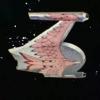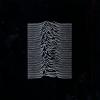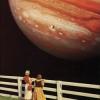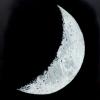I live about an hour north of Yosemite NP. In summer, an easy 1-hour drive east on a 2-lane road puts me at the crest of the Sierra Nevada Mountains (above timberline) where it's extremely dark. First good snow closes the road for winter. Many other good places to go within 30 minutes that have wide open vistas. My 8"f6 newt is well suited to these sites, and it fits comfortably in the back of a small SUV.
I like to go out every clear night year round though, watch the sun go down while the scope cools, and look at whatever's up that night for about an hour, less if it's cold, a little longer if something special is happening. Smaller newt or small refractor works better for this relaxed style of observing from home.
To me, it seems like you have the right scopes for your needs. The AT-72 for quick looks, for terrestrial viewing and just having fun. The 6 inch Dob for viewing in the difficult terrain around your residence and an 8 inch Dob for putting in the car and driving a ways.. One scope can't do it all.
Jon
(I own a Twilight 1, it's not really competent to handle a 4 inch refractor, an 8 inch SCT is beyond it's capabilities. There are others that would work but might be awkward to carry very far.)





















